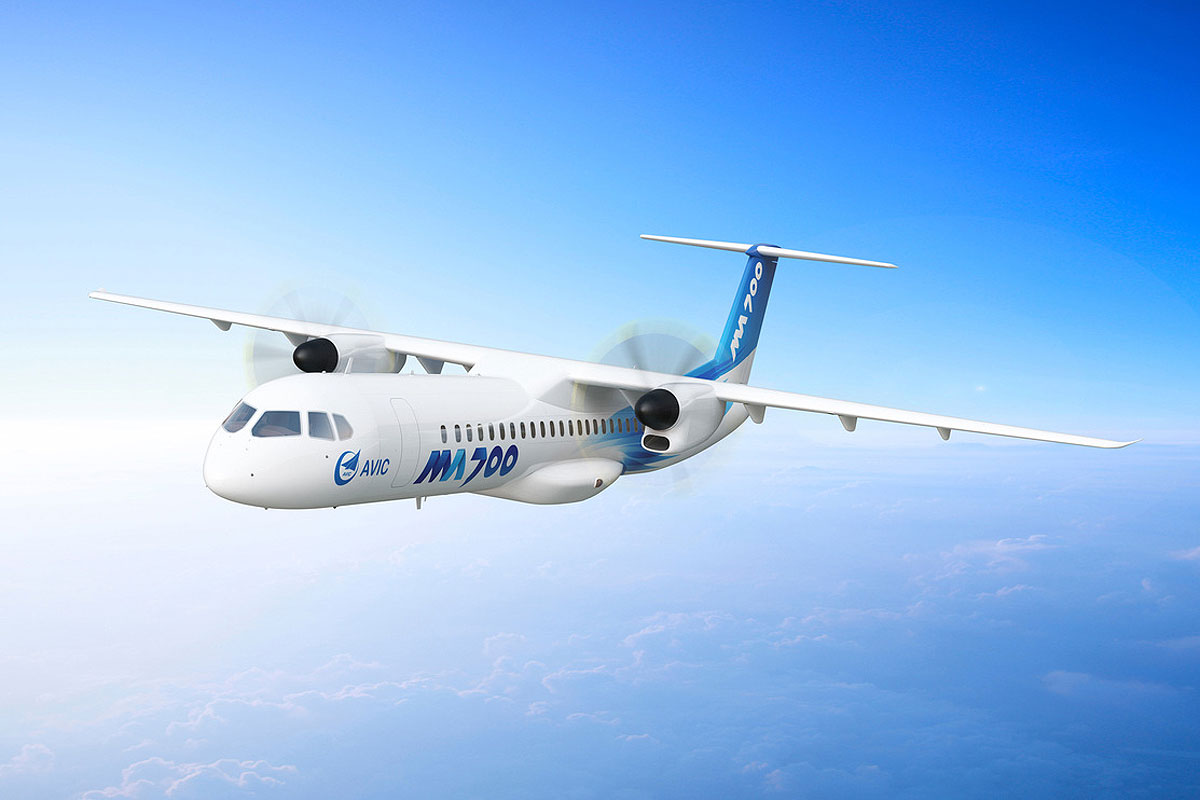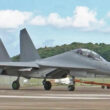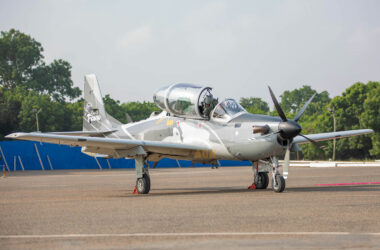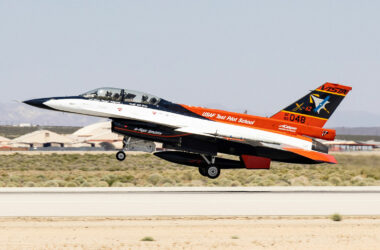Rolls-Royce won the US Air Force’s B-52 CERP (Commercial Engine Replacement Program) program designed to replace the TF-33 engines of the B-52H bombers with a more modern and efficient turbofan.
The competition was launched about five years ago after the USAF evaluated projects to upgrade the veteran Boeing bomber, including installing four more powerful engines in place of the eight TF-33s.
In the end, the Air Force opted for a simpler civilian engine to extend the aircraft’s useful life to at least 2050.
The program was attended by the three largest manufacturers of aviation engines and highlights the fact that RR has defeated two US competitors, GE and Pratt & Whitney.
Rolls-Royce chose the BR725 turbofan, used in Bombardier and Gulfstream business jets, whose military versions operate in the USAF.
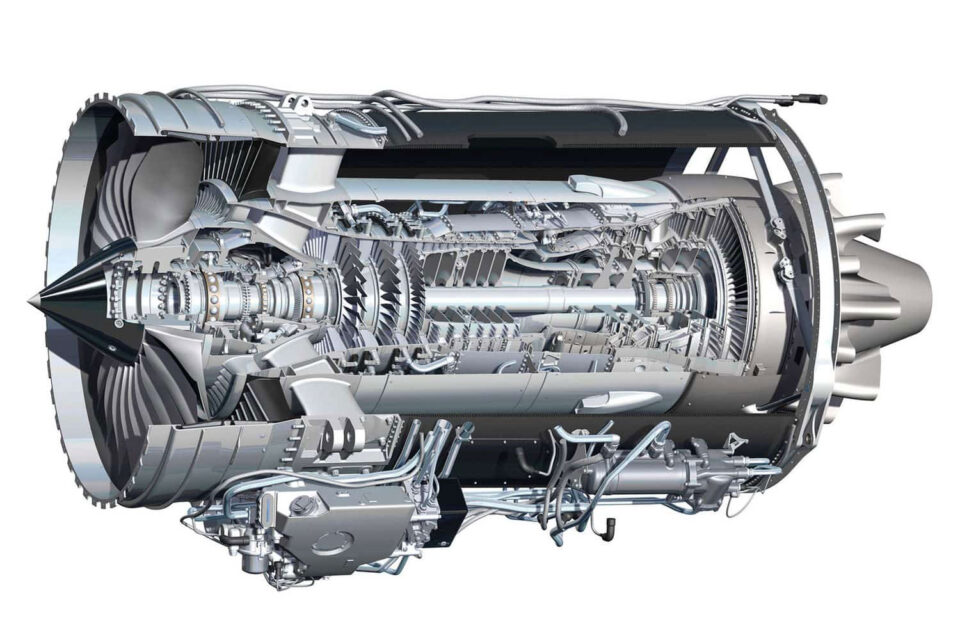
PW offered the PW800, from the family of engines that power Embraer’s E2 regional jets and the Airbus A220. GE has proposed two models, the well-known CF-34 (used in the first generation of E-Jets and in the CRJ) and the new Passport.
The contract with Rolls-Royce amounts to more than $2.6 billion and includes 608 engines, technical support, engineering data, support equipment and associated services.
Despite the British origin, the F130 engine will be manufactured in the USA, in a plant in Indianapolis, Indiana. The first two B-52Hs are expected to be converted by 2025 and will then be used on test flights for certification.
The first operational batch should be completed by the end of 2028 and the entire conversion process completed in 2035.
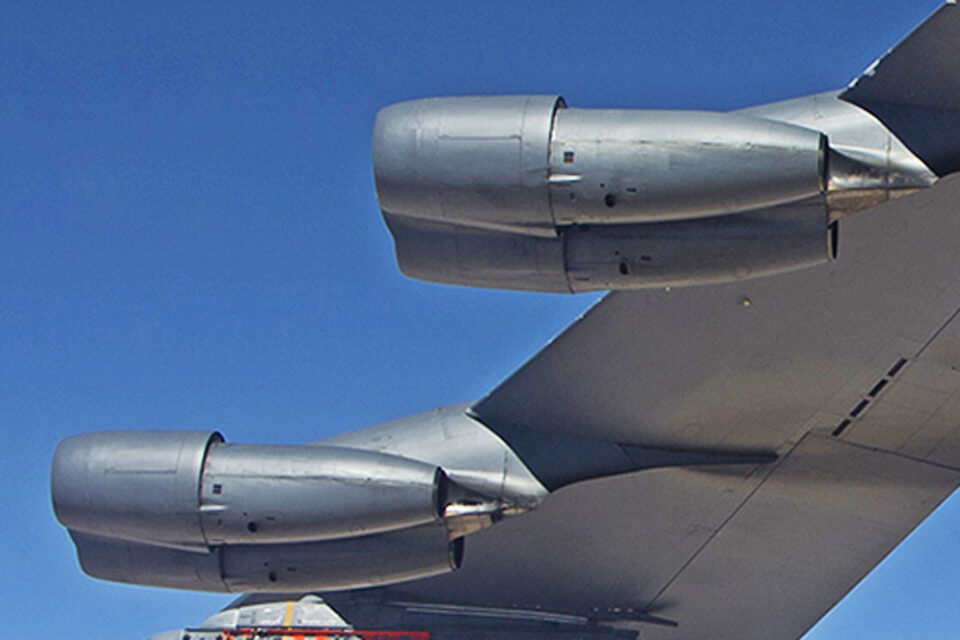
The new F130 engine will reduce maintenance costs, reduce pollutant emissions and make the B-52H even more capable by providing a superior range compared to the TF33 engine.
“The B-52 Commercial Engine Replacement Program is the most important and comprehensive upgrade to the B-52 in over half a century,” said Maj. Gen. Jason Armagost, Director of Strategic Plans, Programs and Requirements at Headquarters Air Force Global Strike Command, Barksdale Air Force Base, Louisiana. “The B-52 is the workhorse of the nation’s bomber force and this modification will allow the B-52 to continue its critical and conventional standoff mission into 2050’s.”


